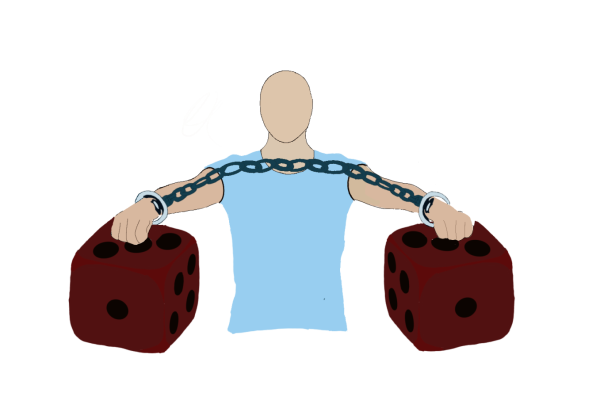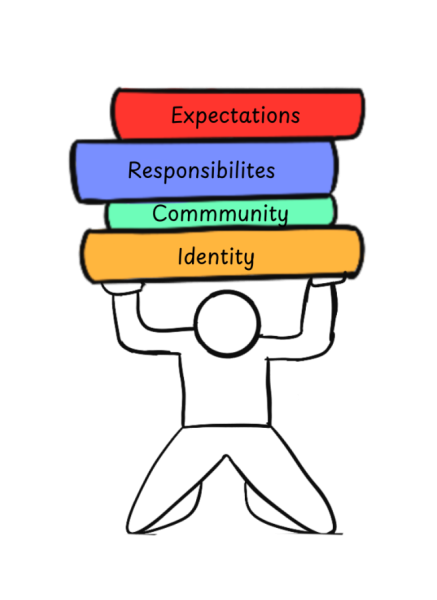The Denome’s Advocate: The media has a gender problem too
Think of five or six famous journalists off the top of your head. You might come up with names like Jake Tapper, Robert Costa, Megyn Kelly, Walter Winchell or Maggie Haberman. Regardless of who you think of, your list will likely skew much more white and male.
Then consider the Editorial Board of The Epitaph. While we may be an extreme example, the editors here are in a 12:2 female to male ratio. In my entire tenure with this publication, there have been almost three times as many females on Editorial Board as there have been males. Overall, females make up 75 percent of student enrolled in journalism schools, according to USA Today.
But in professional journalism, the numbers are flipped. According to the American Society of News Editors, only about one-third of newsroom employees are female. Even fewer are ethinic minorities of either gender.
Of course, this begs the question of why there’s such a gap. Am I automatically more qualified for any journalism position than my colleagues just because of my chromosomes? Or do I and all other males in journalism suddenly bloom into clones of Bob Woodward the minute we graduate from college?
That’s obviously not the case. My, nor any other person’s, gender has no bearing on how good of a reporter one is. Rather, disparities in the newsroom merely show a worrying trend, not just in how reporters treat each other, but in how the public treats female reporters.
A famous example would be when former New York Times executive editor Jill Abramson was fired three years ago, partially because of her brash personality and tendency to make unilateral decisions, Times Publisher Arthur Sulzberger Jr. said in an interview with Vanity Fair. But imagine a male in her position. A male having a hard shell and making decisions without or against the input of others is not an anomaly; it’s a TV drama stereotype.
I can’t and won’t speak for my male colleagues in journalism, neither those I know on The Epitaph nor professionals whom I have never met. But at this point, it’s overwhelmingly common for a “pushy” woman to be hated, or described with words I’m not allowed to use here. Newsrooms are apparently no exception.
And obviously, the blame falls on more people than just those in the newsroom. The general public is already hostile to journalists at record levels; according to Pew Research Center, only around 30 percent of Americans trust their local media. The number is even lower for the national, mainstream media.
However, female journalists go through worse than the mere impact of public distrust. Look no further than President Trump and his comments about Megyn Kelly in 2015, when he called her a “bimbo” and implied she was menstruating while moderating a presidential debate. Or take Clay Travis, a Fox Sports host who said in an interview with a female CNN host that he only believes in “the First Amendment and boobs.”
After hearing this, it’s a wonder that so many females apply to journalism schools in the first place. Less surprising is that they leave the profession after college; campuses are already a hotbed for sexual harassment, and being a reporter probably doesn’t provide any reprieve.
And thus, it doesn’t just fall to me, a male reporter, to respect my female colleagues who do work just as or more important as mine. Instead, it’s up to consumers and subjects of media interest like Trump to consider their biases and understand when they are saying something out of line.
I, meanwhile, will continue to applaud all the women, including my own co-reporters and editors, who still do incredible work in the face of misogyny. Because, unlike some other males in this world, I believe in the First Amendment and nothing more.
Follow Thomas Denome on Twitter at @thomas_denome







